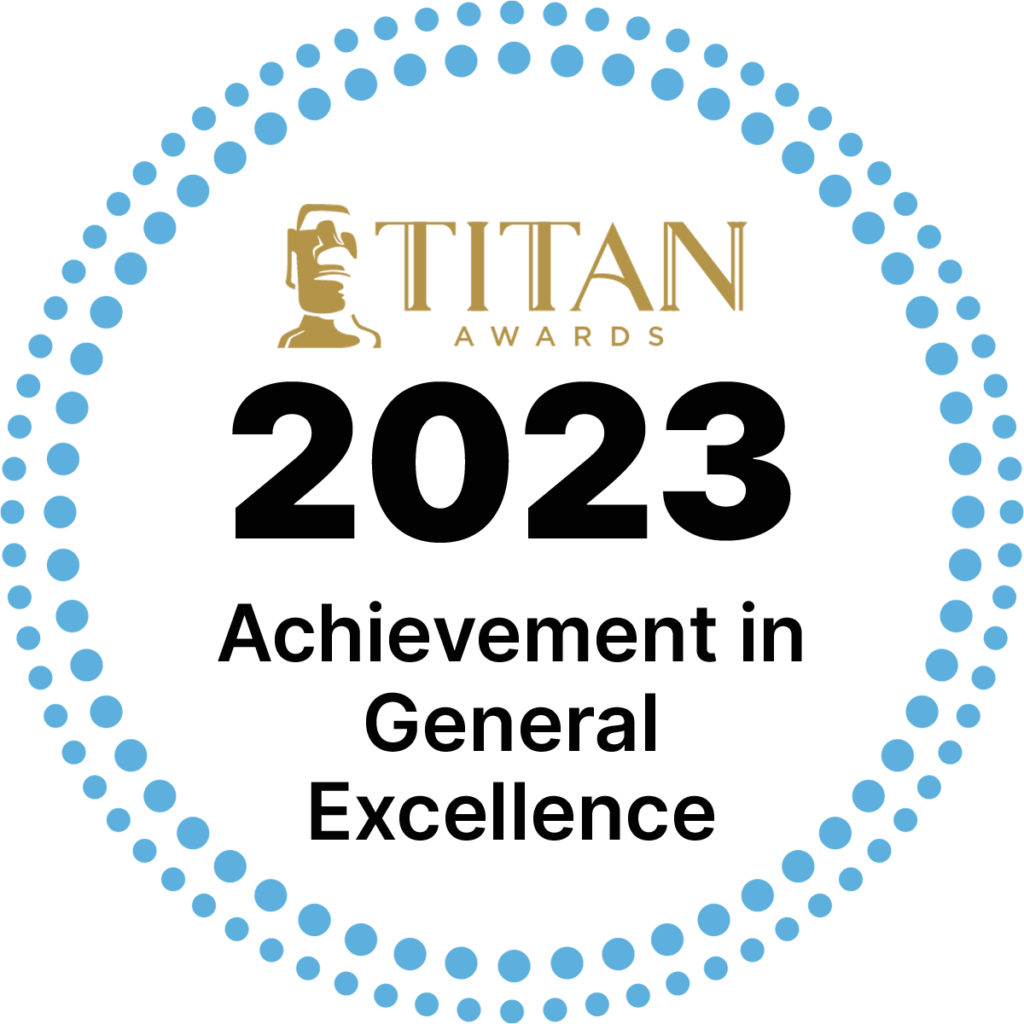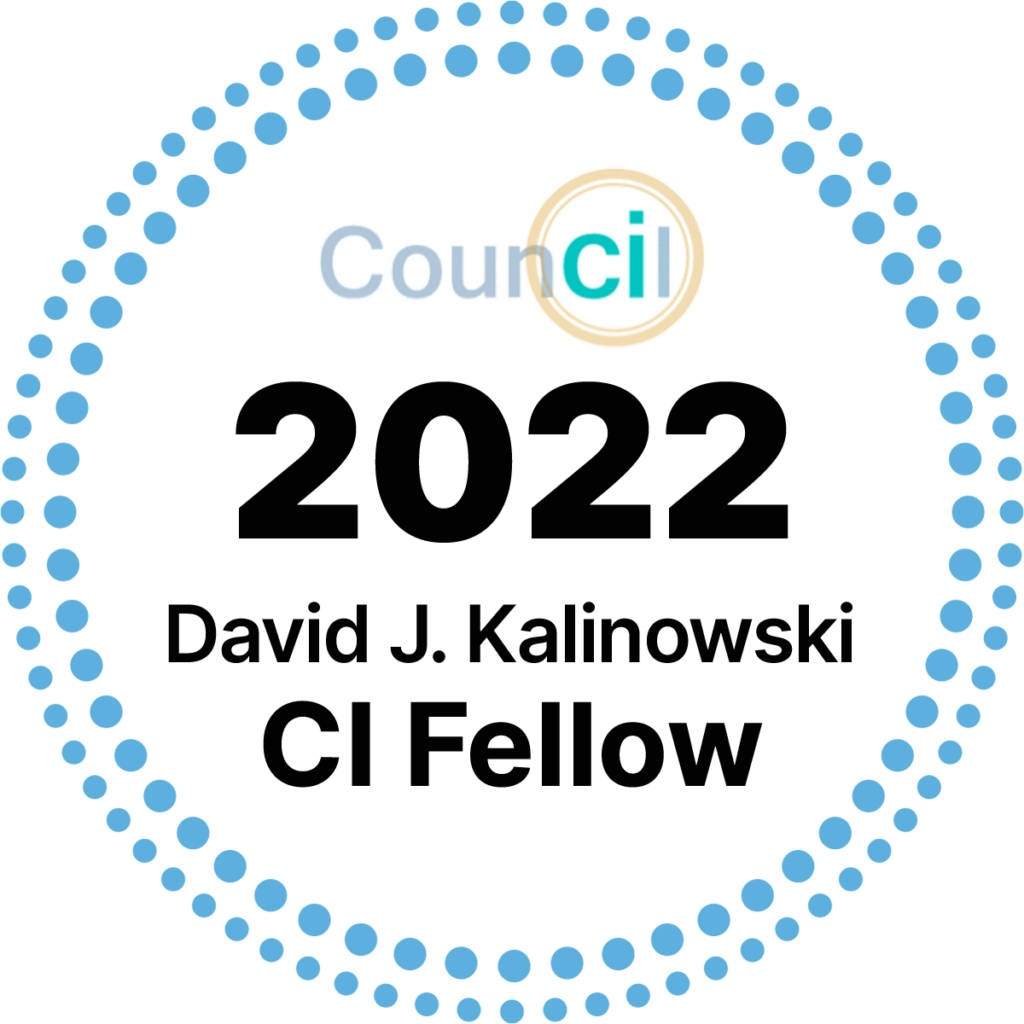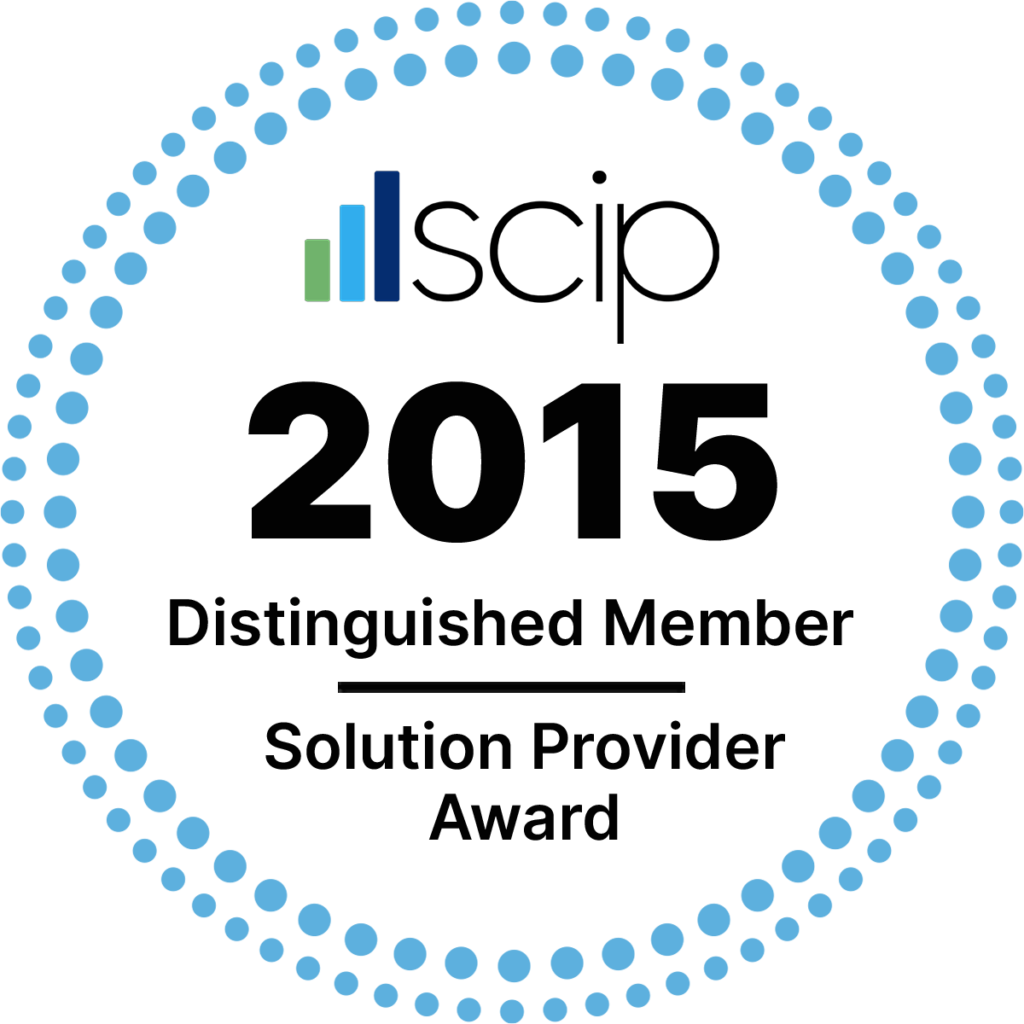
Stephen Marseille
Associate Engagement Manager
Proactive Worldwide, Inc.
Published: April 5, 2023

Buying something now and paying for it later describes the promise and popularity of bank credit cards in the 1950s. Today’s version of buy now, pay later (BNPL) has renewed the allure, attempted to cut banks out of the picture, and prompted regulatory scrutiny.
We continue to witness BNPL, aka point-of-sale financing, attracting Gen Z and Millennial consumers in particular. It’s so appealing that your bank may need to strategize ways to address it, if you haven’t already.
What’s the big deal? BNPL companies offer a type of short-term financing. They let customers pay for their purchases over time, often without additional fees or interest. Consumers love that.
Globally, BNPL transactions were valued at $200 billion in 2022, and the outlook indicates market size could rise well into the trillions of dollars by 2030 (Source: Grandview Research).
BNPL is a threat to your bank’s business. Whether your competition is BNPL in its current form or a future manifestation, it’s a legitimate concern. Let’s unpack this evolving risk.
Four main BNPL parties
BNPL involves four parties with different motivations: consumers, banks, BNPL companies, and regulators. Consumers, drawn to convenience, drive increasingly higher BNPL adoption. For them, BNPL offers a sense of security: the debt incurred won’t be compounded by an interest rate. Keep in mind that younger consumers have been on a steady diet of admonitions that “credit card debt is bad for you.” Convenience is nice for them, but regulators worry about hidden pitfalls that come with it. You, as a banker, might be fretting over potentially diminished access to a generation of customers smitten by fintech apps.
Consumers find it relatively easy to get approved for a BNPL payment option – even with a low credit score or no credit history. BNPL companies conduct a soft credit check to confirm buyer information. Once approved, the consumer might make a small down payment followed by interest-free and no-fee payments on a fixed schedule. With today’s higher inflation and interest rates, BNPL can look even more attractive.
It’s easy to imagine a consumer being tempted to purchase a high-priced item that actually might not be affordable. This is where the regulator comes in: in the U.S., it’s the Consumer Financial Protection Bureau (CFPB).
In a report from March 2023, the CFPB wrote that BNPL users also use credit cards and personal loans, but they “are also more likely to exhibit measures of financial distress than non-users.” CFPB Director Rohit Chopra said, “since Buy Now, Pay Later is like other forms of credit, we are working to ensure that borrowers have similar protections and that companies play by similar rules.” Among the CFPB’s concerns is the speed with which BNPL plans can encourage consumers to accumulate debt and thus risk default.
The future of BNPL
In addition to regulatory concerns, industry is raising questions about BNPL model sustainability. Most pure play BNPL companies are not yet profitable. It doesn’t help that, to the CFPB’s point, typical users tend to have more credit issues than people who stick to using traditional forms of credit.
If the consumer can’t make all required payments, the entity offering BNPL, not the retailer, will suffer the loss. The industry’s charge-off rate has risen (2.39% in 2021, up from 1.83% in 2020, per the Federal Reserve Bank of Atlanta). And last fall, Chopra was quoted as saying that the “upward trend on delinquencies is continuing.”
But BNPL providers move forward, expanding into more industries including housing, healthcare and groceries. Have you received an email yet from one popular BNPL company, Affirm, saying you can buy now and pay later at Target stores? Research also shows that a significant number of consumers would use BNPL to pay for rent, medicine and food. Klarna, one of the industry’s largest BNPL firms, is venturing outside of BNPL, having introduced a price-comparison tool last year to diversify its business. And Mastercard isn’t sitting back: Last year it introduced Mastercard Installments, a BNPL program that its website promises “meets the needs of lenders, merchants and consumers.”
When you think about the eye-popping BNPL stats cited earlier – global market size rising well into the trillions of dollars by 2030 – it appears this form of payment isn’t going away.
Should your bank offer BNPL?
It’s not a question of if but how a bank moves forward. BNPL is an attractive space that continues to attract banking customers.
True, BNPL as we know it today may shift. Regulators may force companies to adhere to rules similar to other forms of credit, which could dampen BNPL’s allure. So as you plan for how you might enter this space, keep a close eye on possible regulatory changes. Embrace regulatory rigor. It could help you develop a competing product that is sustainable and compliant and puts the consumer first.
Regulation speaks to trust. One has to question whether BNPL firms have the consumer’s best financial interests in mind when their target market is more likely than non-users to show signs of questionable financial decision-making. Your bank, on the other hand, exists to see customers succeed in a financially prudent manner. That’s an advantage.
Keep in mind that as much as Gen Z and Millennial consumers love BNPL, they also use traditional credit tools. Surveys show that this market is willing to use a BNPL offering from their current bank. Again, trust. But don’t expect them to stick around forever if you’re not innovating.
Education is another advantage you own. Continue to inform your customers about BNPL and how to use it responsibly. Point out the pros and cons. Keep them updated on evolving trends.
Consider adapting the appealing and useful aspects of BNPL to develop your bank’s own similar offering. Given the customer data and understanding of habits that you already possess, you’re well-positioned to offer financial tools people will want to use in a way that sensibly supports their financial choices.
Would it make sense to partner with a BNPL company to come up with a differentiated product that gives consumers what they want and more – such as better credit-building habits? Other options may be available as well. Responsible lending is your domain.
Strategize now to win later
The many factors that gave rise to BNPL adoption aren’t going away. It’s clear that fintech innovation can reach new generations of consumers with different ideas, coupled with the never-ending quest for convenience, credit card fatigue and/or disdain for interest rates and fees.
Perhaps the most important thing you can focus on first is to retain your current customers and “meet them where they are.” Think about your customers and what appeals to them. Give them what they want at the point of sale, in a differentiated way. Giving them a reason to stay loyal will lead to retention – a win for them, and a win for you.














